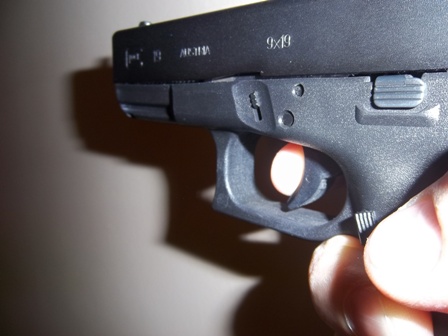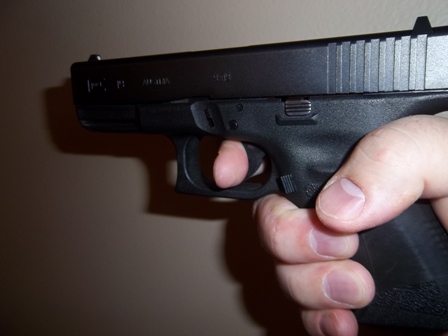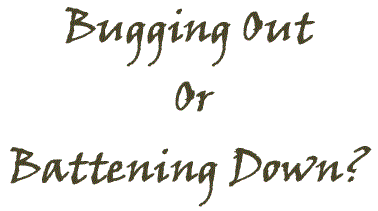Beslan – Terrorist attack at a Beslan School, North Ossetia-Alania (Russia): Could this happen in America (or anywhere else again)?
On September 1, 2004, Chechen Islamic terrorists stormed a school taking over 1,100 people hostage for three days. The terrorists were brutal, killing men and boys old enough to resist their attempts. Hostages were forced to stay in a sweltering hot auditorium with little to no food or water. Russian forces eventually stormed the school. In the end there were over 385 dead, including 31 dead terrorists. Wikipedia has a very detailed write up called Beslan school hostage crisis.
Is this a real threat?
I’ll break this down into two questions. First, could they? Second, will they? The answer to “could they?” is an absolute yes and quite easily at most schools. “Will they?” is a much harder question to answer. Through this article I build the case that this is something that terrorists have researched, drilled and done in Beslan. Granted much of the information is a few years old, I believe it is still relevant.
There are security experts who believe terrorists are preparing to do the same thing in America. Paul Marshall from The National Review Online states that:
“This is not the only time that al Qaeda has announced a target of four million. In June 2002, its spokesman, Suleiman Abu Gheith, published an article on the alneda website that claimed: “We have the right to kill four million Americans — 2 million of them children — and to exile twice as many and wound and cripple hundreds of thousands.”
I don’t want to go down the rabbit hole too far, but there is a segment of Islam that believes they can bring about the return of the Mahdi, the 12th Imam. They believe that if they spread chaos that the Hidden Imam will emerge. The return of The Hidden Imam will “bring justice and peace to the world by establishing Islam throughout the world.”
Do you remember the backlash or fear of backlash after 9-11? The late night sitcoms joked about Arabs wearing United States Flag themes clothes to keep from getting a beat down. If they were to attack even a couple of schools, I would imagine that there would be much more backlash then after 9-11.
When Glenn Beck was still at CNN he did a series of shows about “The Perfect Day”. He goes over what the terrorists are planning to do in America and did do at Beslan. I wasn’t able to find the full-length videos however Youtube has several clips from the series that are worth watching. Here is the link to the Perfect Day Series.
Every key point from the entire series is covered by the National Terror Alert Response Center in the article The Terrorist Threat To Our Schools.
Much of this information is a little dated, but keep in mind that there was eight years in between the first and second bombing of the world trade centers. Out of any other attack, this one would hurt the most; it would cause more fear and anger then any other.
What Can We Do?
I think the most important thing we can do is be informed, not just about the threat, but about our children’s schools security plans; find out if they have one and what it entails if you can. They might not cover what the response will be, but you can find out from your child what they are expected to do or find out from the school what the children are supposed to do. We can talk to them about the schools security plan or we develop a security plan for our kids and talk to them about it.
Lock Down
One security practice that is fairly common is “lock-down”. A quick example of a lock-down: A lock-down announcement is made. Teachers then lock the door and the entire class is moved away from any windows or doors. Everyone keeps very silent. There is often a color-coded piece of paper slid under the door. The colors could mean everything from “we’re safe”, “we have wounded inside” to “call police”. In my opinion, these pieces of paper scream for attention from intruders. If I was Joe Dirtbag and I decided to bring a gun to school and kill some children, it doesn’t matter if I know what the color means. The fact that it is lying outside of a door tells me that either someone was in there, or still is. All it takes to find out is one good kick to the door.
Maybe I am missing something but I just don’t understand the lock-down being used in today’s world. Beslan, Columbine, Virgina Tech and so many other school shootings should be to school safety what 9-11 was to airport security. Before 9-11 you could carry a box cutter on a plane and almost everyone believed that if there was a hijacking, you just submit to the hijackers and the plane lands safely. Today you need an act of Congress to get 90-year-old woman in a wheel chair through the airport security checkpoint and people are ready to tackle anyone that stands up when the seat-belt light is still on.
Beslan, Columbine, Virgina Tech and other school shootings should show us that attackers, whether Islamic terrorists or a fellow student, people who bring a gun to school mean to get as high a body count as they can.
When we saw the episode of Glenn Beck on Beslan, my oldest stepson was in middle school. The school was built in the 1950’s and security was not a concern. My wife and I found out what the school had in place for its security policy. We then talked it over and came up with a plan for our kids, should there be a shooting of any kind at their school.
Our kids had heard about school shootings, so the topic wasn’t completely foreign. We wanted them prepared ahead of time so that they didn’t have to come up with a plan when “it’s hit the fan”, when adrenaline and fear have their minds racing. We brought it to them in a way that didn’t scare them and gave them a plan “just in case”.
Please click here to vote for Prepared Christian as a top Prepper site!
If you liked this article please think about sharing it on the social media listed below, thanks!








